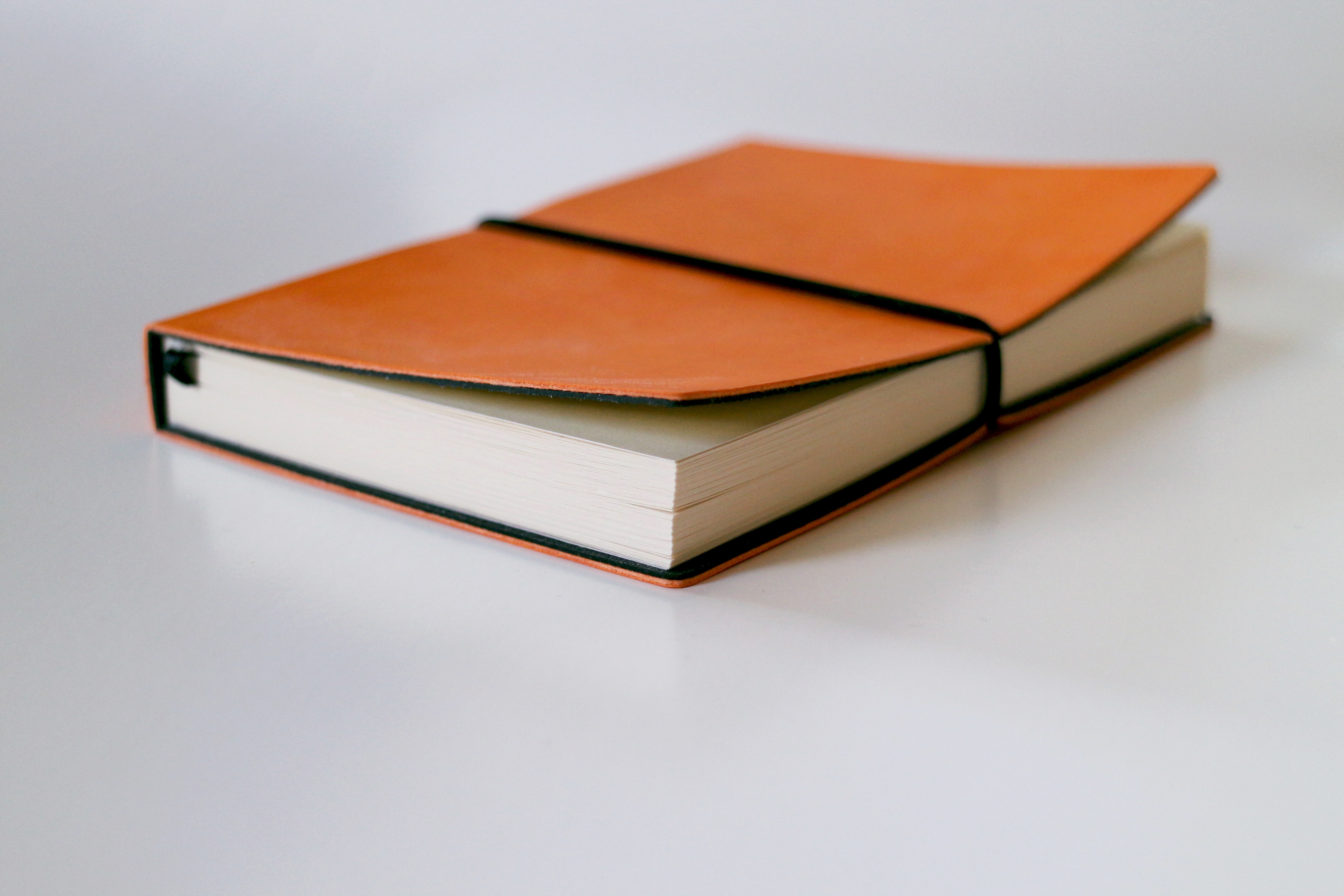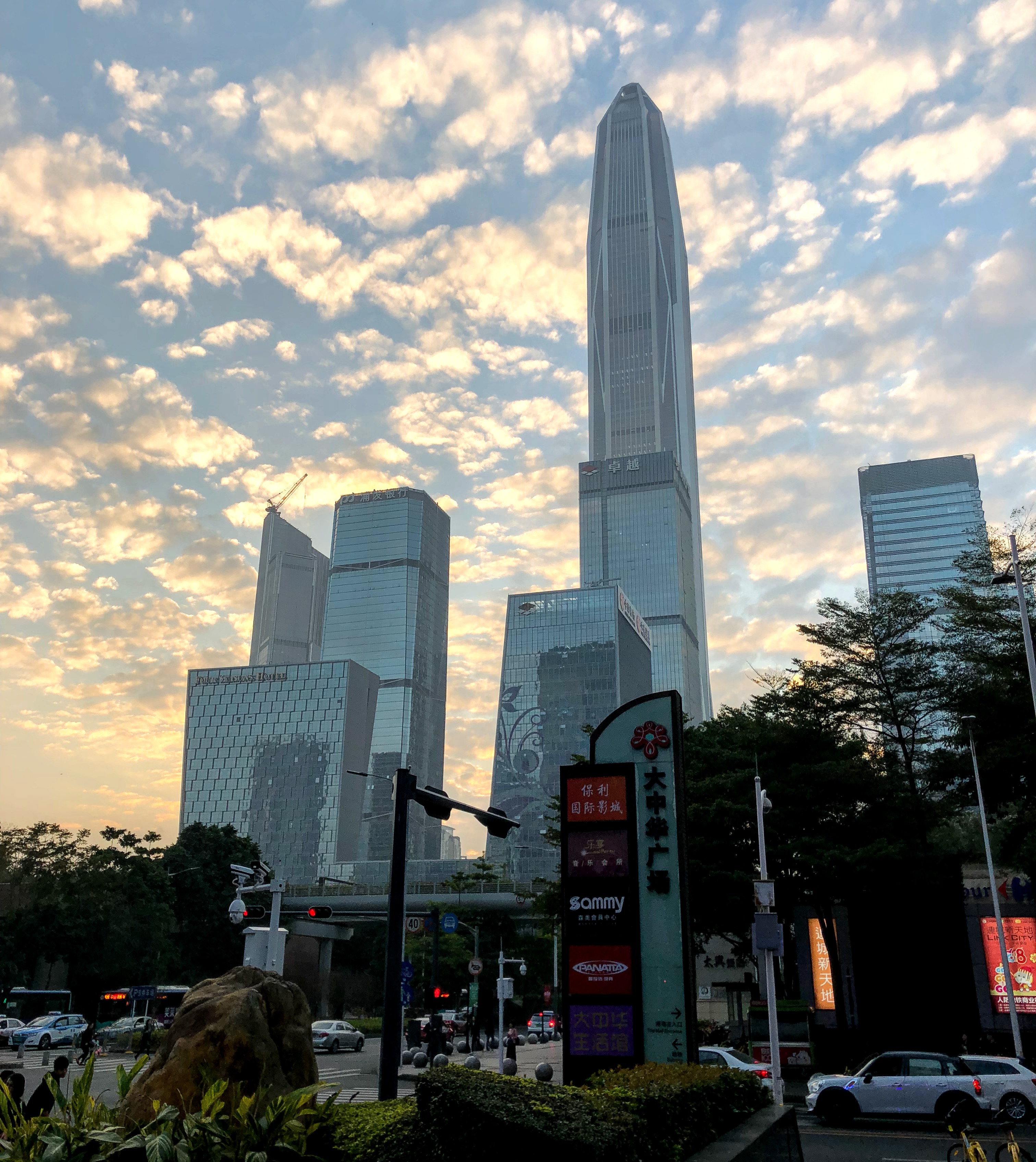Crystalline forms are critical to pharmaceutical patents, offering extended protection for improved stability, bioavailability, or manufacturability. However, securing such patents in China has grown increasingly difficult due to the China National Intellectual Property Administration (CNIPA)’s strict patentability criteria. Unlike the U.S. or Europe, where structural novelty or problem-solving utility may suffice, China demands quantifiable evidence of superiority over prior art forms and rejects patents based on routine screening alone. Recent decisions, like the invalidation of fruquintinib Crystal Form I, highlight common pitfalls: insufficient comparative data, incremental technical effects, and failures to preempt obviousness challenges. With China’s pharmaceutical market surging and secondary patents under heightened scrutiny, companies must strategically align their IP strategies with CNIPA’s exacting standards to have best chances of success.
A recent invalidation of a patent covering fruquintinib Crystal Form I (Patent No. 201580047368.6) by the CNIPA offers insightful lessons for pharmaceutical companies seeking to protect polymorphs and crystalline forms in China. The decision further confirms China’s rigorous standards for patentability, particularly around support requirements and inventive step.
Key Takeaways
1. Support Requirements Under Article 26.4: Defining “Sufficient Disclosure”
The invalidation request argued Claims 1–2 and 6–20 lacked support under Patent Law §26.4, asserting that using only 6–7 XRD peaks (vs. the purported industry standard of 8–10 peaks per evidence 4) failed to sufficiently distinguish “Form I” from undiscovered polymorphs sharing those peaks. The panel rejected this, reasoning that:
- Definitive Characterization: The claims explicitly defined “Form I” as a distinct polymorph, and the specified XRD peaks (even 6–7) were sufficient to differentiate it from other forms disclosed in the specification (Forms II–IX), none of which shared all listed peaks.
- No Evidence of Overlap: The requester provided no proof that other unclaimed polymorphs with the same XRD profile existed, rendering the “overbreadth” argument speculative.
- Technical Justification: Citing expert literature (counter evidence9), the panel noted that even 3 strong peaks can uniquely identify a polymorph, affirming that the claimed XRD data met the support requirement.
- No Rigid Rules: While industry guidelines (e.g., Polymorphism in Pharmaceutical Solids) suggest 8–10 peaks for regulatory identification, China’s patent law focuses on whether the disclosed data sufficiently defines the invention.
2. Inventive Step Under Article 22.3: The Bar for “Unexpected Effects”
The invalidation request contended Claims 1–20 lacked inventiveness under Patent Law §22.3, asserting that Form I of fruquintinib was obvious over evidence1 (disclosing the compound but not its crystal form) combined with routine polymorph screening (per evidence4/5). The panel agreed, reasoning:
- Obvious Technical Path: Developing stable, non-hygroscopic polymorphs is standard in drug development. Evidence4/5 confirmed solvents and crystallization methods used for Form I were conventional, making its discovery predictable.
- No Unexpected Effects: While Form I showed stability advantages over other polymorphs (e.g., Form IX in counter evidence1/6), no comparison to evidence1’s HMPL-013 (used in pre-clinical studies) existed. Thus, Form I’s stability/performance could not rebut the presumption of obviousness.
- Routine Optimization: The panel emphasized that identifying a stable form via routine screening—without unforeseen properties (e.g., radically enhanced bioavailability or unprecedented stability)—did not rise to inventive step.
- Secondary Considerations: Commercial success claims (counter evidence8) failed to link fruquintinib’s market performance specifically to Form I, undermining non-obviousness arguments.
The decision underscores that mere identification of a new polymorph, absent comparative data against the closest prior art form or unpredicted technical leaps, cannot satisfy inventiveness requirements.
EIP thoughts
It’s generally quite difficult to get granted polymorph claims in China. Standards of patentability that work overseas are often insufficient in China. Applicants wishing to protect formulations, polymorphs, and other “line extension” type IP in China need to proactively adjust their patenting strategies – ideally at the drafting stage – to have a chance of obtaining granted claims in these areas.
1. Robust Comparison Data is Key
- Include as many head-to-head comparisons as possible of stability, bioavailability, manufacturability, or other unforeseen or unpredictable properties against publicly known prior art forms (not just internal variants), ideally in the specification as filed. If this cannot be done at the drafting stage, consider generating post-filing data as a ready defense, whether during prosecution or an invalidation.
- Use multiple analytical methods (e.g., XRD, DVS, DSC) to build up a case for uniqueness.
- Tightly link any surprising results to the specific polymorph form that needs to be protected. This may be easier said than done. In the case above, for example, it would have been very difficult to show comparison data of commercial success with another polymorph, since no other polymorph was presumably ever approved to be sold on the market. For first time drugs, this type of comparison data is very, very difficult. However, patentees can generate many other types of comparison data in anticipation of these types of challenges in China.
2. File Process Patents
- Protect non-obvious crystallization methods (e.g., yield >90%, reduced solvent residues). Although the standards of patentability are same, it is relatively “easier” to show technical effects for process of preparation claims in China versus polymorph composition of matter claims.
3. Incorporate China’s Strict Standards into Your Global Patent Strategy
- Do not assume foreign strategies translate: China has one of the strictest patentability standards for polymorphs around the world. Structural novelty alone may suffice in some jurisdictions, but China requires proof of superiority over the prior art.
- Tailor applications early: Integrate China-specific data during the patent drafting stage, if possible.
So can we patent polymorphs in China?
The fruquintinib decision clarifies and further confirms China’s patentability standard for polymorph IP. Although in many ways it’s not surprisingly (China has always required data showing surprising technical effect), the requirement that “surprising” data needs to be a direct comparison to known prior art forms raises the bar beyond other jurisdictions.
To prepare, pharma and biotech companies should start early, ideally at the R&D and patent drafting stage, to align “line extension” protection strategies with China’s emphasis on technical effects and comparative data. Meanwhile, companies should continue to explore other ways to round out protection, such as by protecting the processes by which these polymorphs are made.
Companies mapping out “patent cliff” risks for their polymorph patents will need to consider China differently. Polymorph patent with little comparison data support showing superiority over the prior art have a higher chance or being invalidated in China than in foreign jurisdictions.
Still, crystal form patents do get granted and upheld in China, and they can still be part of a powerful portfolio of protective assets if they are drafted in accordance with China’s stricter standards.
Pro Tip: Engage local IP counsel early to stress-test applications against CNIPA’s evolving standards.
If you would like to have more information on this matter or would like to have our advice, please feel free to contact us at eip@eipgroup.asia.
This article is for general informational purposes only and should not be considered legal advice or a legal opinion on a specific set of facts.
Related Posts
Polymorph Patents in China: What is the Standard for Inventiveness for New Crystal Forms?
China Forges Ahead with Draft Measures for New Patent Linkage System
Beijing IP Court Reverses CNIPA Decision and Upholds Ozempic® semaglutide patent in China as VALID based on Novo Nordisk’s Post Filing Data
About the Authors

Yolanda Wang is a Principal, Chinese Patent Attorney, and Chinese Patent Litigator at Eagle IP, a Boutique Patent Firm with offices in Hong Kong and Shenzhen.

Jennifer Che, J.D. is President & Managing Director and a US Patent Attorney at Eagle IP, a Boutique Patent Firm with offices in Hong Kong and Shenzhen.




